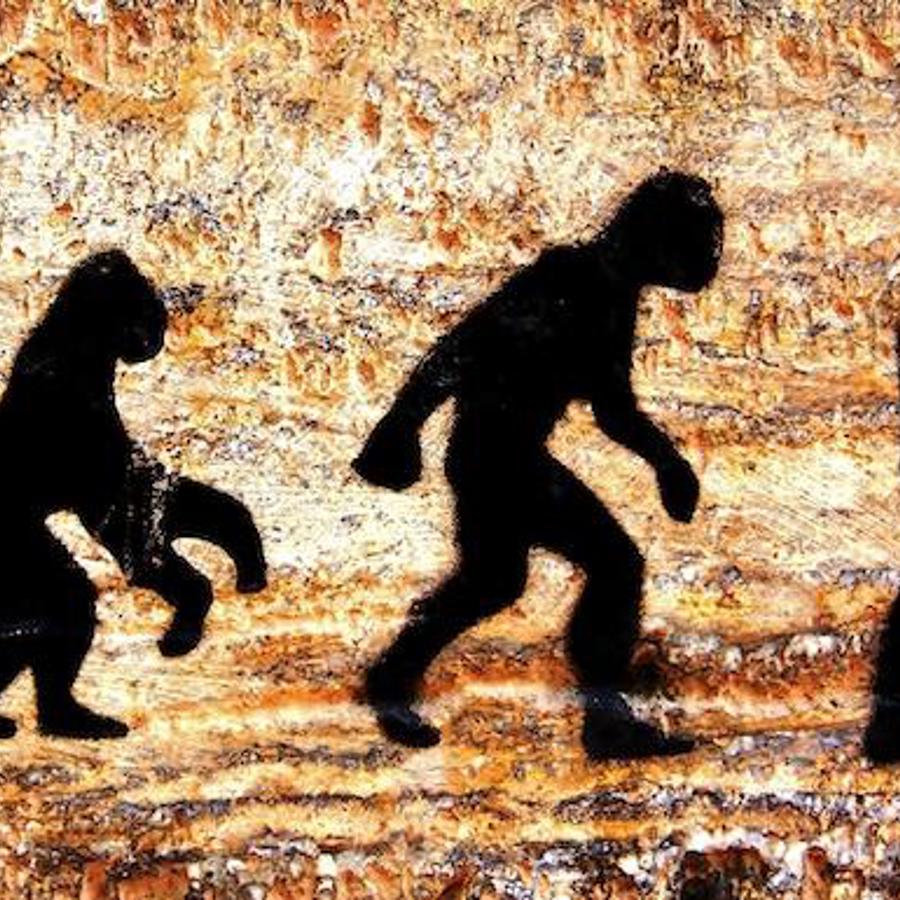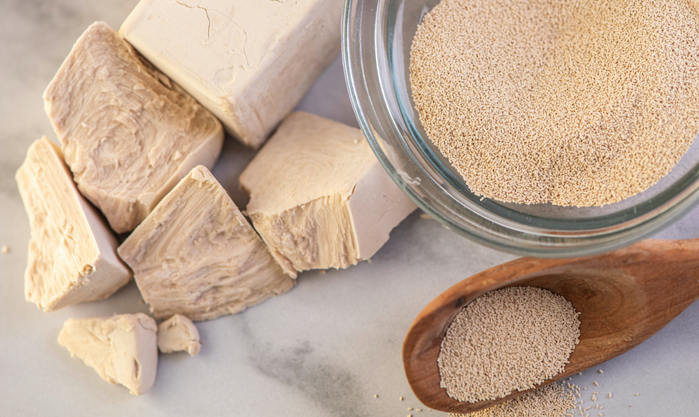
Are there any examples of evolution happening around us right now?
September 28, 2005

- Related Topics:
- Evolution,
- Speciation
A curious adult from California asks:
"Are there any examples of evolution happening around us right now? I don’t mean something like white and black moths and pollution but new species that have evolved."
Great question. If evolution got us here, shouldn't it be going on right now? Yes, it should — and it is indeed happening all around us.
I don't just mean insecticide-resistant bugs or birds with different beaks. This is evolution happening but at a very slow pace. Eventually these processes may lead to new species, but probably not in our lifetime.
What you want is the creation of new species right now. And that is what is happening in the lab and in nature as we speak. But before going into more detail, it is important to define what is meant by a “species” for this discussion.
How new species are made
A species is a group of organisms that can interbreed and create viable offspring. In other words, a species can have babies that can have babies too.
This is why a mule is not really a new species. When a donkey and a horse get together, they produce a mule. The mule, though, is sterile — it cannot make new mules.
If mules could have foals with other mules, then it might be a new species. And even better would be if the mules could only mate with other mules and not with horses or donkeys. This would really be a new species.
For a variety of reasons, this road to a new species is tricky for larger animals like these. So how might evolution work for these sorts of animals?

One of the simplest ways is if two groups of the same species become separated for a long period of time. These two groups of animals change over time creating two new species. When they meet back up again, they can no longer make babies — they are separate species.
Instead of our mule example, let's consider humans and chimps. Six million years ago or so, a species of primates became separated into two groups. These groups didn't come into contact with one another for a long time.
During that time, the two groups changed enough so they couldn't breed anymore. At the DNA level, something happened so that if breeding did occur, the offspring would end up sterile or dead.
For example, a big difference between human and chimp DNA is that chimps have one more chromosome than we do. In chimps, the human chromosome 2 is split into two different chromosomes. Now this isn't enough to keep breeding from happening … more changes were required as well.
What would be optimal is to find two species that can breed to create some sort of offspring — sort of like the donkey and the horse. But for there to be some way to get a mule that wasn't sterile.
How might this happen? Well, one way is by pure chance. One lucky mule might get some sort of mutation or its chromosomes might get rearranged somehow to make it fertile. Of course with mules, you'd need two of them, a male and a female.
The odds are pretty low that something like this would happen, so you'd need millions of mules to have even a fighting chance. And of course we don't have the time or resources to generate millions and millions of mules and have them all breed with each other to create a new species.

Modeling evolution in the lab
But we can do it with yeast. Yes, the humble yeast we sacrifice to make our beer and bread.
Yeast is ideal for this for lots of reasons. First off, there are lots of different strains that can breed and produce sterile offspring. Second, you can get millions and millions of them pretty quickly. And third, when they create offspring, they make four of them that can then mate with each other to quickly make a new species.
Yeast is also useful because it is more closely related to us than you might think. Yeast are eukaryotes — they have a nucleus, mitochondria and lots of the things we do.
In fact, yeast is used in the laboratory as a model organism. We can study all sorts of things in yeast that are directly applicable to us — like cancer and aging, for example. Think of yeast as a one cell version of us.
So with yeast, we greatly increase our chances at finding that needle in the haystack, a new species. In fact, scientists have found that they can create new species of yeast in the lab, and they find them in nature too.
What they've done is mated two species of yeast that create a new, sterile yeast (a sort of yeast version of a mule). Then they just searched through lots and lots of yeast to find one of these sterile ones that wasn't actually sterile.
They then grew up this new yeast and found that it couldn't mate with the first two species, but that it could create new versions of itself. Voila, a new species is born.
It is important to remember that this isn't some artificial, weird lab thing. New yeast species are being created in the wild as we speak. And anyone who drinks beer can thank evolution as well.
The yeast used for making beer is one of these new species that probably arose in the 1400's in Bavaria. In other words, we have beer because of recent evolution!

Author: Dr. D. Barry Starr
Barry served as The Tech Geneticist from 2002-2018. He founded Ask-a-Geneticist, answered thousands of questions submitted by people from all around the world, and oversaw and edited all articles published during his tenure. AAG is part of the Stanford at The Tech program, which brings Stanford scientists to The Tech to answer questions for this site, as well as to run science activities with visitors at The Tech Interactive in downtown San Jose.
 Skip Navigation
Skip Navigation
